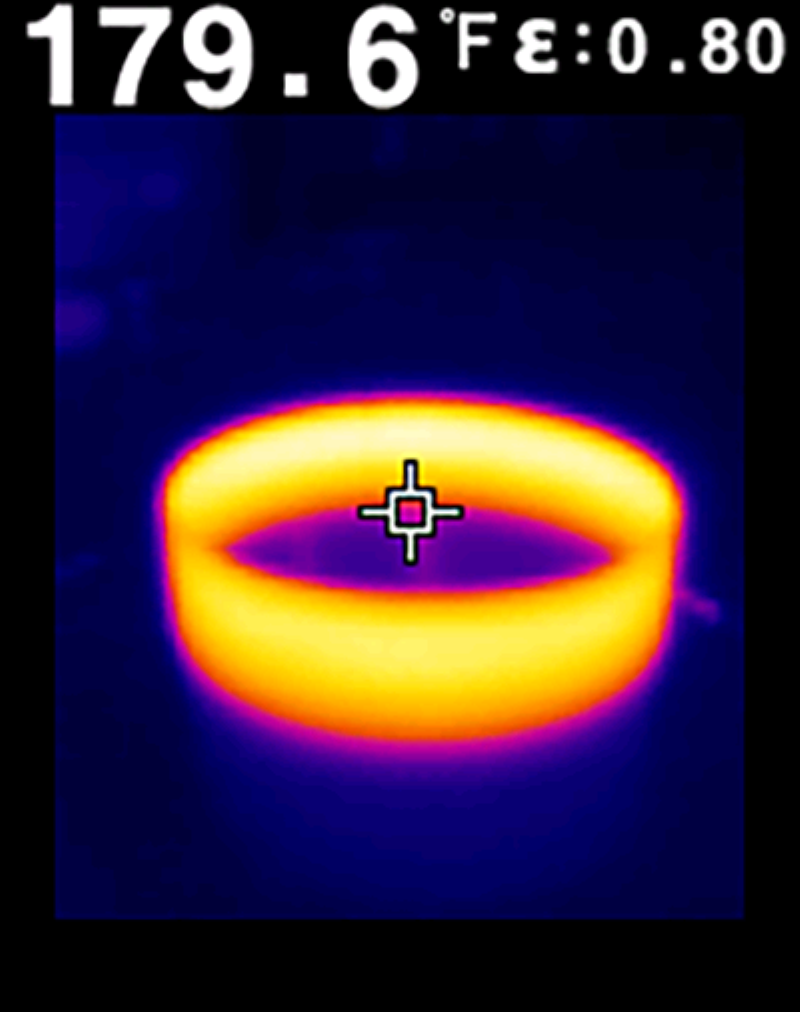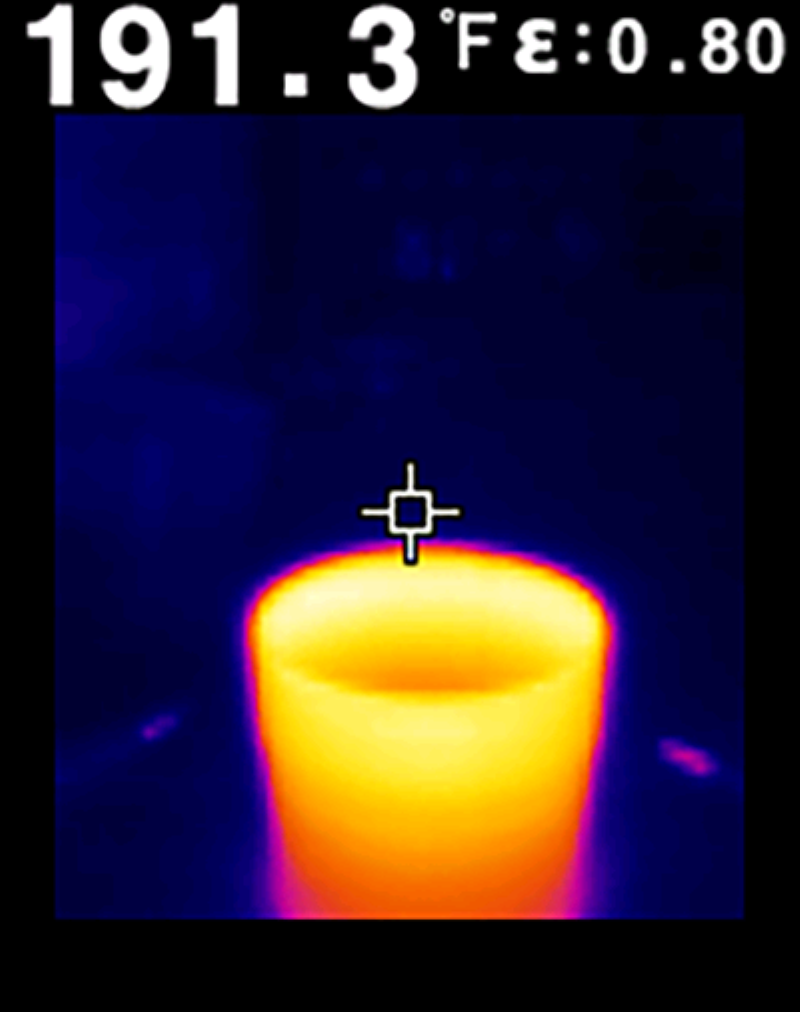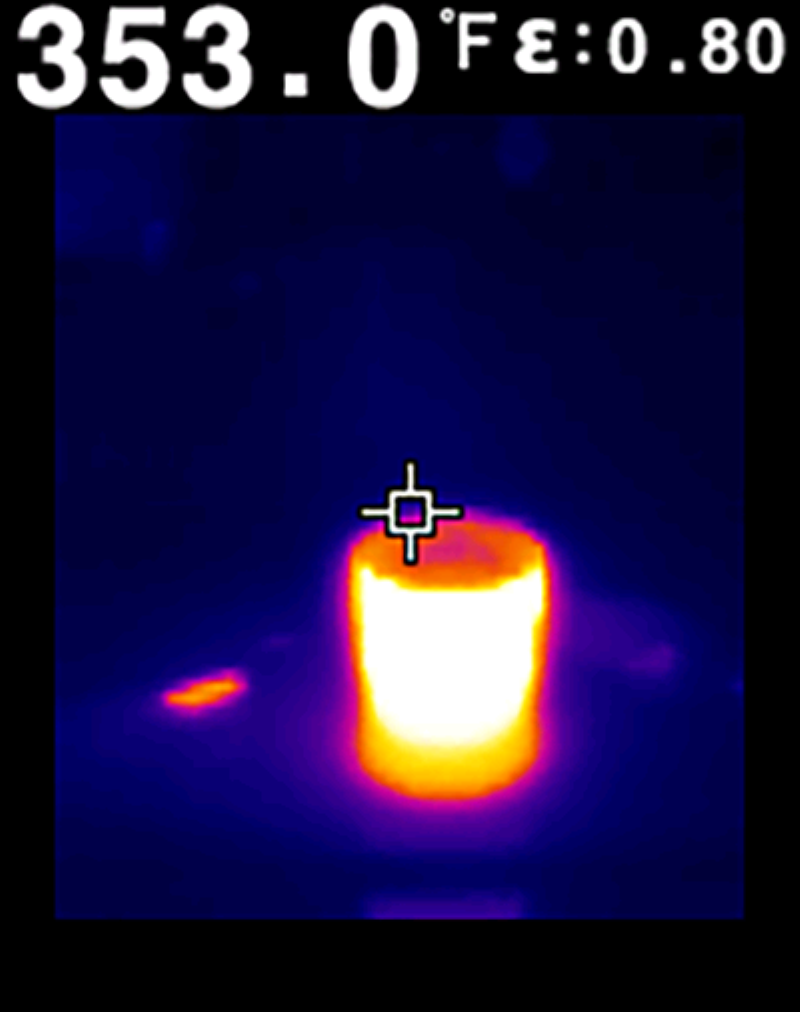Compared to just over a decade ago, there are dozens of options for marine source units on the market. Few are truly high-end units with state-of-the-art audio performance and compatibility with chartplotters and multi-function displays. Unsurprisingly, Rockford Fosgate offers several class-leading solutions. Their PMX-5CAN multi-zone digital media receiver is the focus of this Product Spotlight. Let’s check it out!
Features of the Rockford Fosgate PMX-5CAN
Starting with the basics, the PMX-5CAN is an oversized-face single-DIN receiver. This means the chassis has the standard two-by-seven-inch height and width dimensions, but the display and control panel are larger and sit in front of the mounting surface. The face measures eight inches wide and stands 3.5 inches tall.
The radio’s front panel features a 2.7-inch (measured diagonally) color TFT display to let you know what’s playing. A large rotary volume control is located to the left, making it easy to adjust the radio without searching for a button. Rubber buttons surround the perimeter of the radio and provide source access, source selection, tracking control, radio preset access, and menu navigation. Knowing how Rockford Fosgate fanatics roll, they’ve included subwoofer-level control buttons directly on the radio face.
Entertainment Source Options
The PMX-5CAN includes an AM/FM receiver for terrestrial radio and a WeatherBand receiver, so you can stay informed about marine forecasts and avoid getting caught on the water during inclement weather. The AM/FM tuner can be set to regions like North America, Europe, Asia, or Japan to accommodate different channel frequency spacings. To enjoy SiriusXM’s genre-specific entertainment, your installer can add an SXV300 tuner module and antenna.
The USB port on the rear of the chassis lets you connect a USB memory stick up to 32GB in capacity to play MP3 or WMA audio files. The radio supports up to 999 songs, which should be more than enough for a day on the water. You can also connect your iPhone, and the deck will use it as an audio source. The USB port is powered and will charge your device with up to one amp of current.
You can also stream music wirelessly to the PMX-5CAN over Bluetooth. The radio supports audio streaming with the A2DP profile and includes AVRCP control. AVRCP allows you to change tracks on your device using the radio’s buttons. Hands-free calling is not an option on this radio as it’s intended for marine applications, not a car or truck.
Finally, the Rockford Fosgate PMX-5CAN offers an auxiliary input. This is the perfect solution for listening to audio from a media center, DVD player or laptop computer.

Audio Configuration and Processing Features
One feature that sets the PMX-5CAN apart from many other radios is its true 2-zone operation. This means you can listen to SiriusXM in the berth while playing streamed music over Bluetooth in the cockpit. The Zone 2 output is provided via a set of RCA cables, so you’ll need an amplifier to power those speakers.
Speaking of RCA cables, the radio features front, rear, and subwoofer outputs rated for four volts with an output impedance of 500 ohms. The built-in four-channel amplifier is rated to produce 25 watts continuously into four four-ohm speakers. The amplifier can also drive two-ohm loads and will deliver up to 50 watts max per channel in that configuration.
The deck includes adjustable high- and low-pass crossovers for RCA and speaker-level outputs. There are also separate seven-band graphic equalizers for the main and secondary zones. Your installer can use these tools to ensure maximum performance from your system. A web configuration tool on the Rockford Fosgate website allows all these audio settings to be saved to a file and loaded into the radio from a USB memory stick.

System Control Options
The “CAN” suffix in the radio’s part number refers to its compatibility with several multi-function displays. With the addition of the PMX-CAN NMEA-2000 interface module, the PMX-5CAN can be controlled by many Garmin and Raymarine devices. This compatibility allows, for example, a radio mounted in the cabin to be controlled from a Garmin GPSMAP device at the helm.
Up to three PMX-0R or PMX-1R remotes can be connected to the radio for secondary control. These are a perfect solution if you want to change tracks from the swim platform or adjust the volume from the galley.

Durability and Reliability Features
The Rockford Fosgate PMX-5CAN is designed from the ground up to offer class-leading reliability in all marine applications. As such, it bears Rockford Fosgate’s Element Ready moniker. This means it can withstand being splashed or sprayed with a hose, thanks to an IPX6 water intrusion rating.
All materials used in the front panel are rigorously tested under the ASTM B117 and ASTM D4329 standards to withstand salt exposure without corroding and prolonged UV exposure without fading or discoloring. Unlike many other manufacturers, Rockford Fosgate subjects its products to intense shock and vibration testing to ensure they hold up under pressure. If you’re pounding the waves on a jet boat, you’ll want a radio that can take a beating.
Upgrade Your Boat with the Rockford Fosgate PMX-5CAN Receiver
If you’re shopping for a high-quality, easily upgradeable marine radio for your boat, visit a local authorized Rockford Fosgate retailer and ask about the PMX-5CAN. This is a fantastic solution for a simple audio system and can also serve as the heart of a complex multi-zone, multi-control system on a cruiser or small yacht. You can use the dealer locator tool on the Rockford Fosgate website to find your nearest retailer.
While you’re online, check out their other high-performance marine speakers, amplifiers, and subwoofers to make your time on the water even more enjoyable. Don’t forget to follow Rockford Fosgate on Facebook, Instagram, and YouTube to stay updated on all the latest products and see the amazing events the team attends.
This article is written and produced by the team at www.BestCarAudio.com. Reproduction or use of any kind is prohibited without the express written permission of 1sixty8 media.






































































